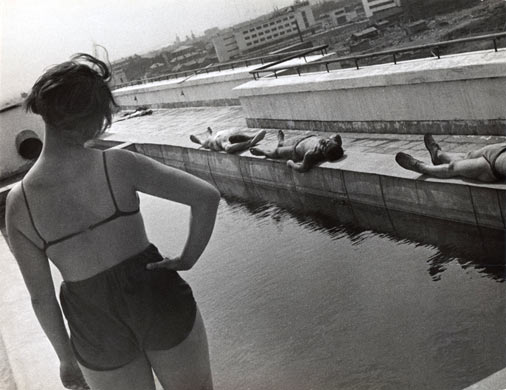These pictures are just some experiments of composition.
This is only the beginning of my experiments however I decided to layer another image that I got from google images and try make a link between my picture and that one.
I also took another portrait I had and decided to put it into photoshop to edit it.
I began by getting a potrait of me and then copying it
so it was oppsite and looking at my original one.
I then added another copy of the portrait and rotated them a tiny bit to make
them come together.
I added a final copy to make a kind of sequence.
I then changed the darkness on the images to make go from
complete black to grey.
Final Piece.
This is another piece that I did before.



































